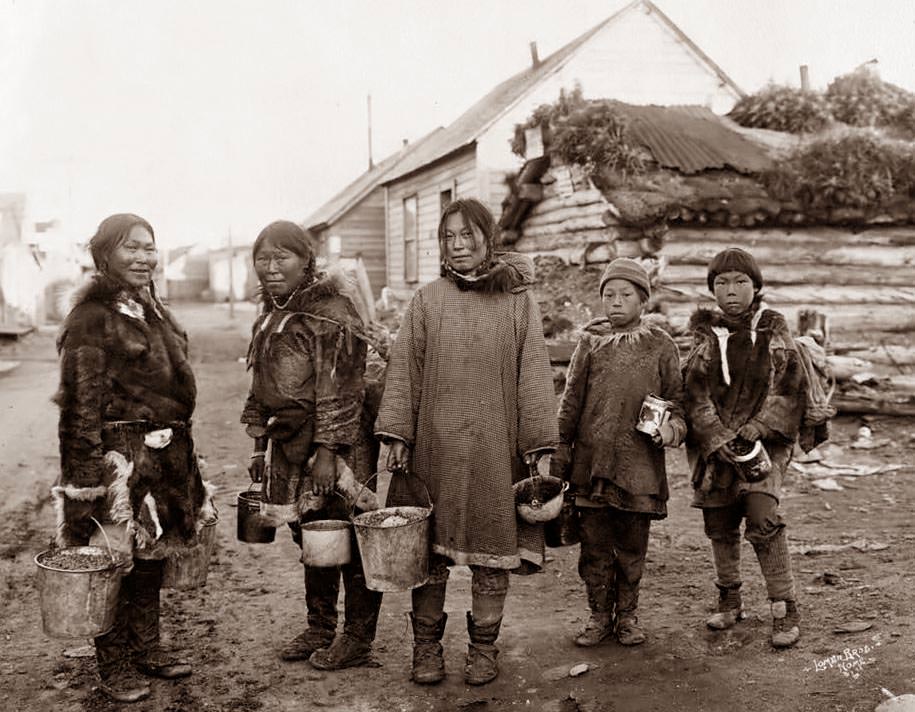The early 20th century was a time of significant change for Eskimo peoples across the Arctic. While they had inhabited this harsh and unforgiving environment for centuries, the arrival of European explorers and settlers brought new challenges and opportunities. Yet, despite these changes, many Eskimo communities continued to maintain their traditional ways of life, relying on their deep knowledge of the land and sea to survive and thrive.
Life in the Arctic was inextricably linked to the natural world. Eskimo peoples were skilled hunters and fishermen, relying on the bounty of the land and sea for their sustenance. Caribou, seal, walrus, and whale were essential sources of food, providing not only meat but also materials for clothing, tools, and shelter.
Hunting was not just a means of survival; it was a way of life, deeply embedded in Eskimo culture and spirituality. Hunters possessed a profound respect for the animals they hunted, recognizing their vital role in the delicate balance of the Arctic ecosystem. They developed specialized tools and techniques for hunting different species, passed down through generations of knowledge and experience.
Read more
The harsh climate demanded ingenuity and resourcefulness. Eskimo peoples developed unique forms of clothing and shelter to withstand the extreme cold. Caribou fur provided excellent insulation, and sealskin was used for waterproof boots and parkas. In winter, many lived in igloos, dome-shaped structures built from blocks of snow. These ingenious dwellings provided surprisingly effective insulation, keeping families warm and protected from the elements.
Transportation was also adapted to the Arctic environment. Dogsleds, pulled by teams of powerful huskies, were essential for travel over snow and ice. Kayaks, lightweight and maneuverable boats made from animal skins stretched over a wooden frame, were used for hunting and fishing in coastal waters.
Family and community were central to Eskimo life. Families often lived together in extended groups, sharing resources and responsibilities. Elders played an important role, passing down traditional knowledge and skills to younger generations. Community gatherings and celebrations provided opportunities for social interaction and cultural expression.
Despite the challenges of their environment, Eskimo peoples developed a rich and vibrant culture. Storytelling, music, and dance were important forms of entertainment and cultural preservation. Art played a significant role, with intricate carvings and decorations adorning tools, clothing, and ceremonial objects.














